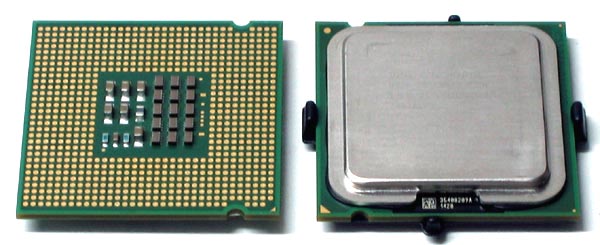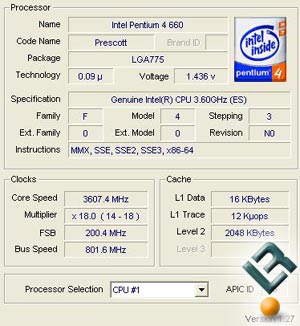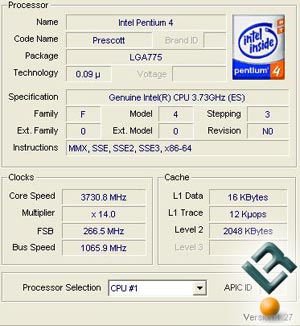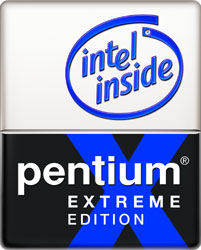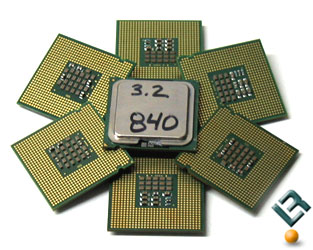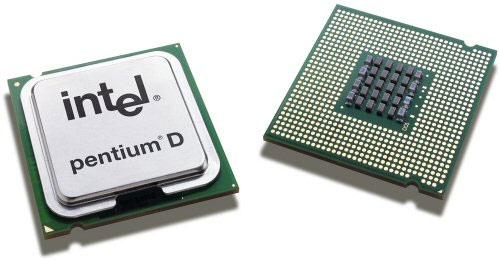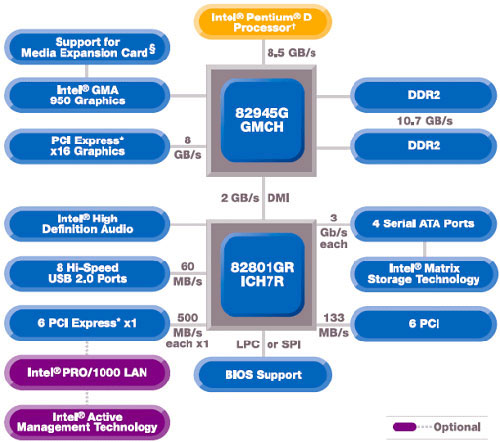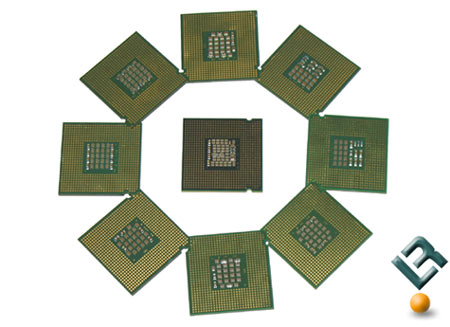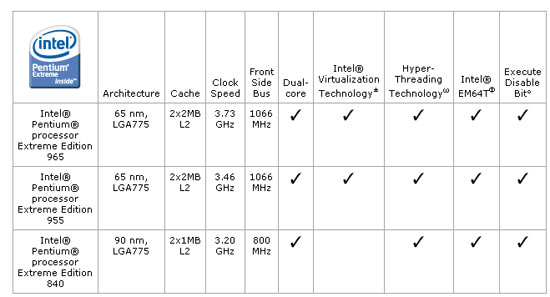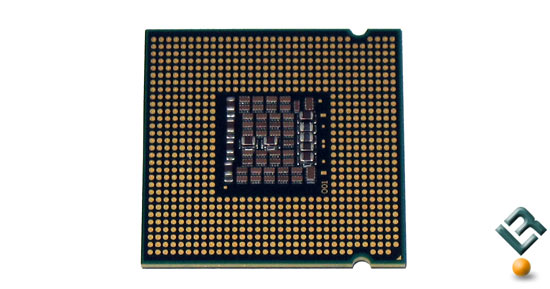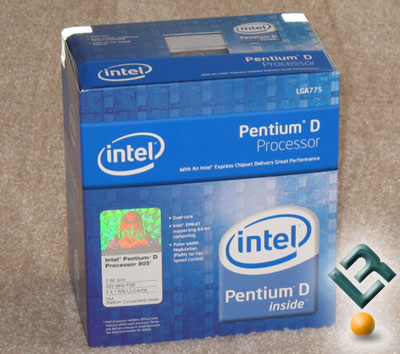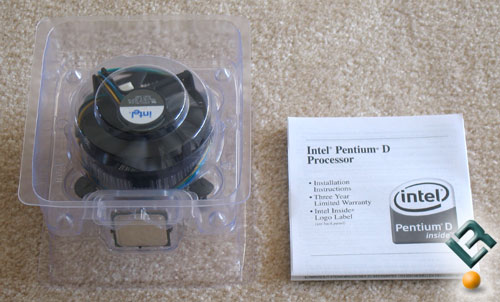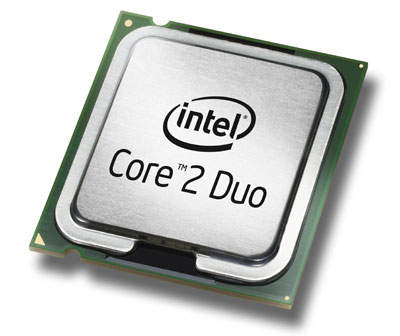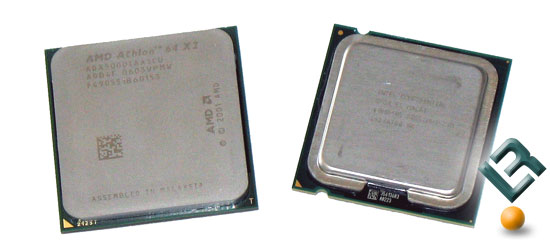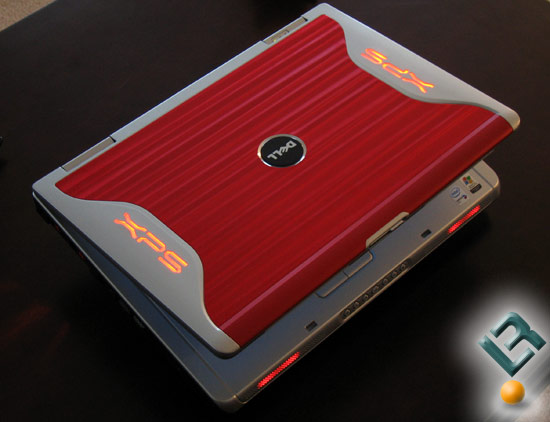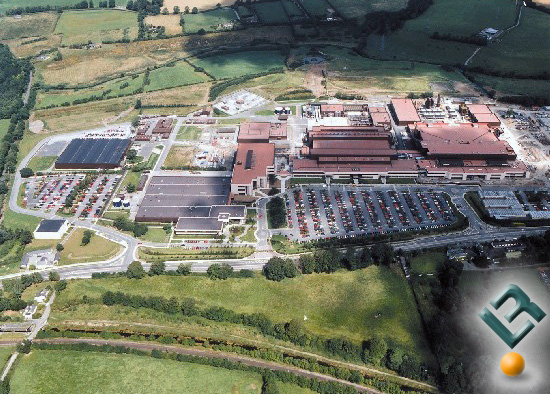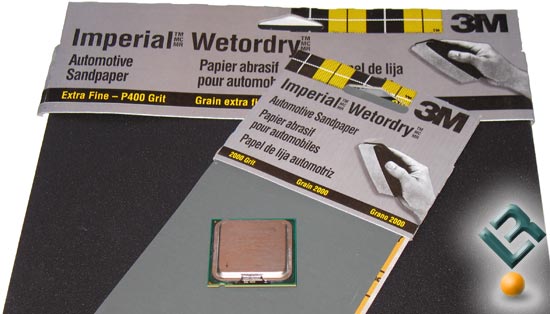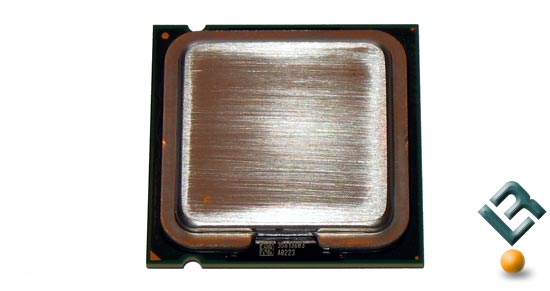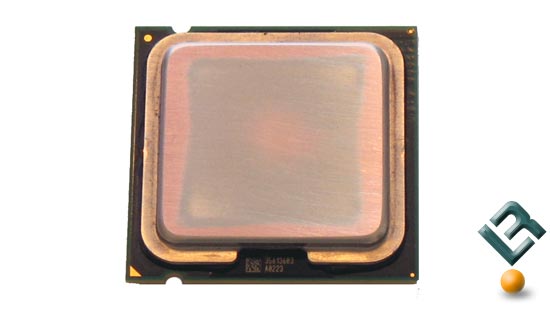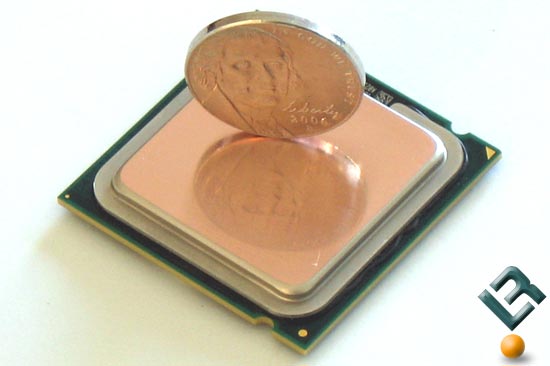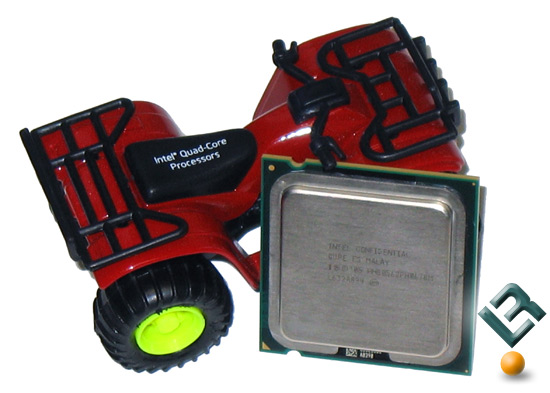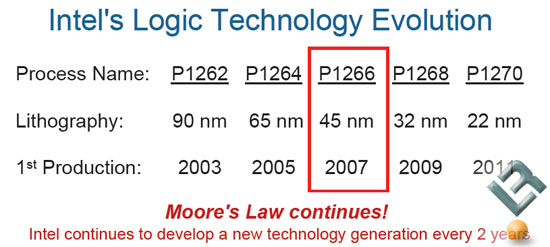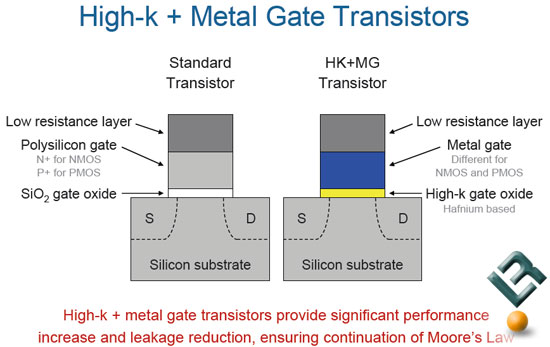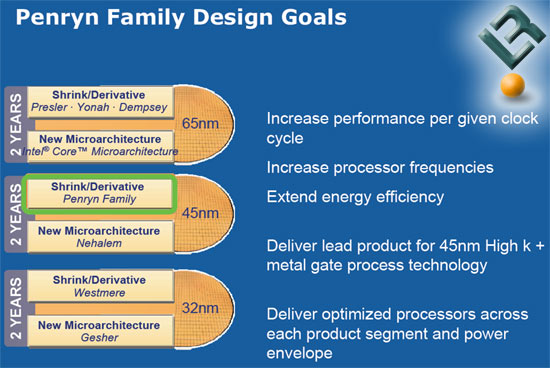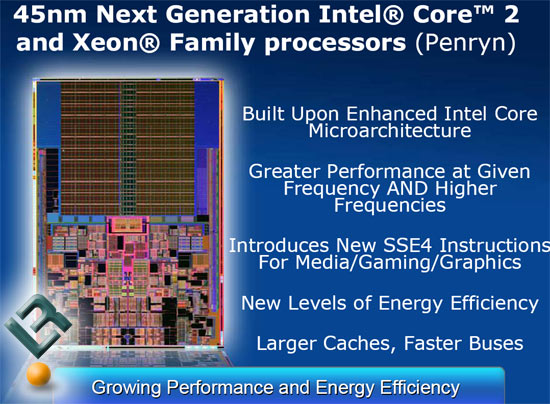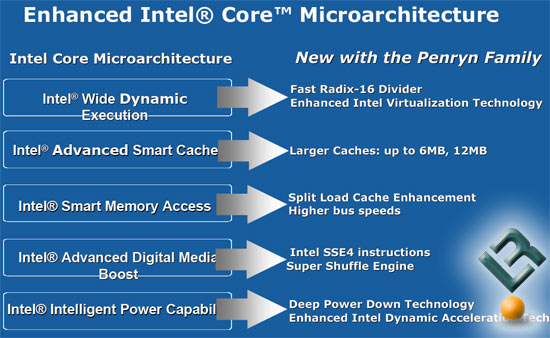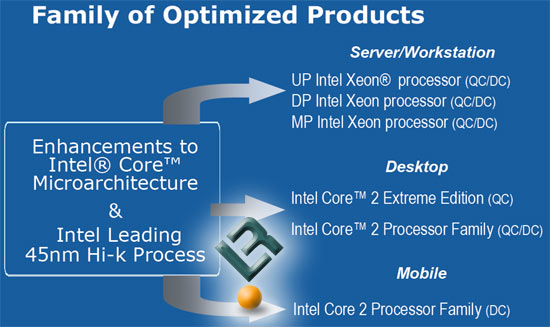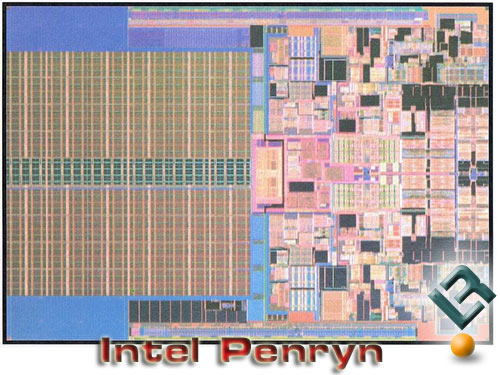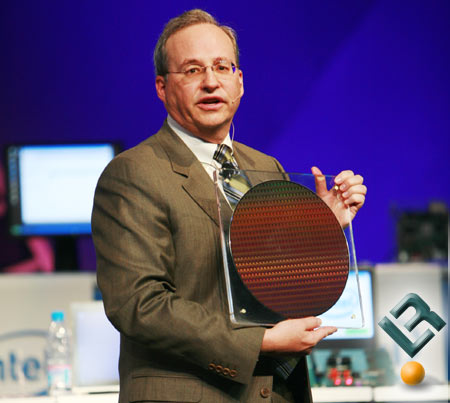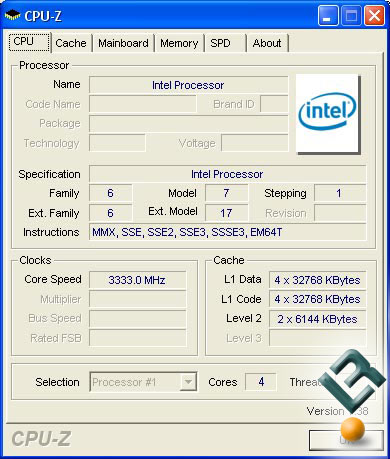Intel's Common Building Blocks

At the start of 2006 Intel launched their Common Building Blocks (CBB) program for whitebook computers and today Legit Reviews takes a look at how far Intel has come after the program has been around for nearly six months. The CBB program promotes the use of industry-accepted mechanical and electrical specifications a number of critical notebook components, or ?ingredients". What does this mean for consumers and system builders? It means that notebooks will have interchangeability much like we have in desktop computers today. While the idea is far from new Intel has been the one to step up to the plate and do something about it.
The Intel CBB program consists of:
- A Web site to provide a centralized repository of information about the program, participants, and platform and ingredient specifications
- A continually updated list of CBB-compliant ingredients (submitted by suppliers)
- A testing and verification service for candidate products

Intel?s chief objective for the CBB program is to help expand the availability of a common set of cost-effective notebook computer ingredients, to reduce the risk of platform integration, and to stimulate the overall growth of the notebook market segment. The CBB has successfully developed a set of standards for the components that whitebooks use. Intel currently has set guidelines for the hard disk drive (HDD), optical disk drive, liquid crystal display (LCD) panel, battery pack, AC/DC adapter, keyboard, and requires a customizable notebook panel. Standardizing such components has been something many systems builders, who are looking at ways to reduce inventory and better service their customers have been wanting to do for years.

Intel has a verification program in place that looks at notebooks built to be in the CBB program and our sources inside Intel let us know that it works and has caught a number notebooks trying to get around the system. Here is the list of barebone notebooks that have been tested for the interchangeability of the seven Common Building Block (CBB) components and have passed testing on all seven areas.
- Asus S62Fp
- Asus S62J
- Asus S96F
- Asus S96J (Pictures and Pricing)
- Compal HGL 30
- Compal HGL 31
- Compal HEL 80
- Compal HEL 81
- Quanta SW1 (Pictures and Pricing)
- Quanta TW3A
- Quanta TW3M
Intel also has tested the following whitebook notebooks and found that they offer interchangeability of four Common Building Block (CBB) components. The following six notebooks have not passed testing for the AC/DC adapter, keyboard, and customizable notebook panel.
- Clevo M660N
- Clevo M665N
- Gigabyte W451U
- Gigabyte W551A
- Gigabyte W551U
- MSI 1034
In closing I have just got my hands on the ASUS S62J notebook, which has passed the verification process and is in the CBB program. When trying to order the customizable notebook panels from FedEx Kinkos I was unable to get my order placed after picking out my panel choice and entered all of my credit card information. The panels are all $15.10 at FedEx Kinkos and even allow for custom art work to be uploaded. The panels are treated with a pressure-sensitive adhesive on the back side for permanent or replaceable attachment, depending on the desired result. I'd like to use the replaceable adhesive, but FedEx Kinkos only carries permanent panels.
Other than the ordering issues with the panel the program seems to be working out nicely for Intel other than the fact that no one knows about it. Since profit margins have become so thin on notebooks and the fact that they tend to require more support than desktops many system builders haven't jumped on the notebook bandwagon. If you are one of those builders you might want to take a closer look at the 11 notebook models that are in the CBB program. With interchangeable parts it means you can stock one keyboard or battery and it will work on all of the notebooks! The Intel CBB program makes whitebook notebooks easy to service and support.
Other than customization and easier service Intel has also said these 11 notebooks are upgradeable. At first one might think that Intel means these notebooks can have more memory or a faster processor installed, but that is not the case here. Each of the 11 notebooks will support Intel's next generation dual-core mobile processor. Right now they all run Intel's Core Duo (Yonah) processors, but after a simple BIOS flash they will be able to support Core 2 Duo mobile processors (Merom). Speaking of Merom, how does a 20% performance improvement in 3DMark05 over the current Yonah processors sound? If you are looking for a notebook that wont be out dated, customizable, and easy to find parts for you have found your short list of whitebox computers.
in our forums. For those who are interested in building a whitebox notebook we have a thread listing all of the ones we can find in If you are curious about what companies make whitebox notebooks please check out this threadthis thread. As always feel free to post up any comments in our forums!

